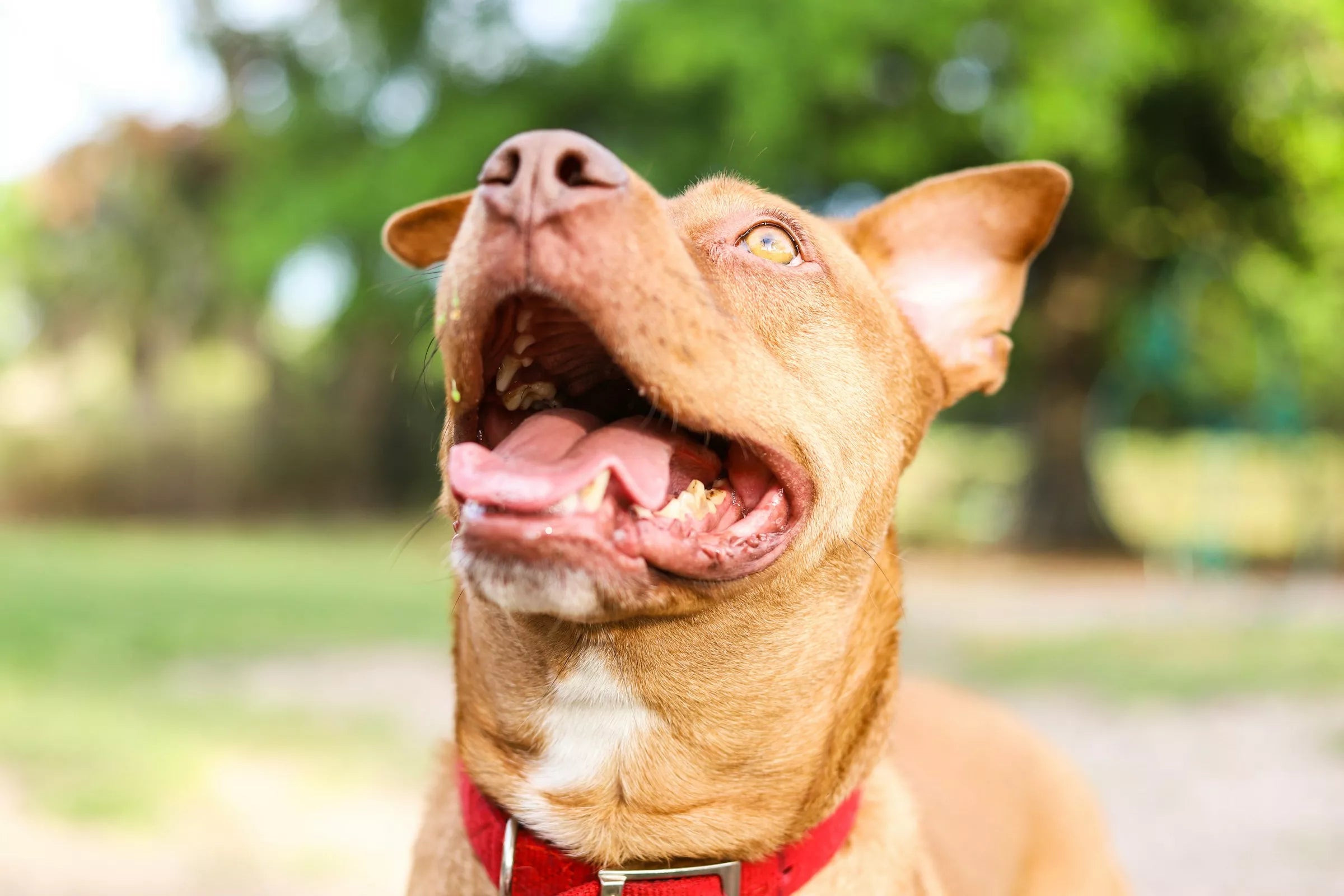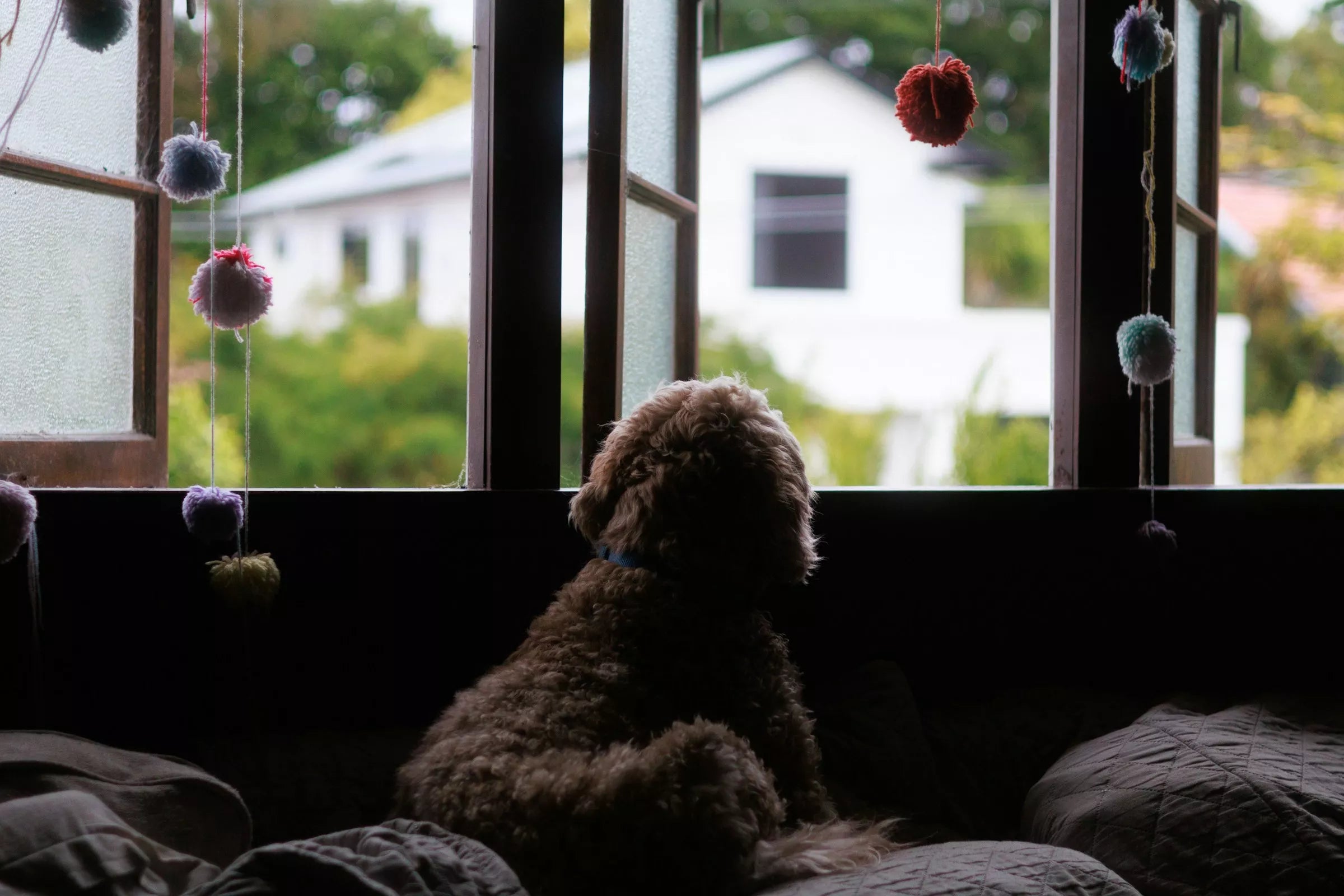Introduction
As devoted dog parents, we all want what's best for our furry companions. Exercise is undoubtedly an essential aspect of ensuring their well-being, but have you ever wondered about the timing of your dog's physical activity, especially after a meal? In this article, we'll delve into why it's crucial to refrain from exercising our dogs immediately after they've eaten.
Understanding Digestion in Dogs
Before we explore the risks associated with post-meal exercise, let's gain a basic understanding of how digestion works in our canine friends. Dogs possess a unique digestive system designed to efficiently process their food. When dogs eat, their bodies divert blood flow to the stomach and intestines to aid in digestion. Any physical activity, particularly vigorous exercise, diverts blood away from the digestive tract, potentially hindering the digestive process.

Risks of Exercising After Eating
Bloating and Gastric Torsion
One of the primary concerns associated with exercising dogs after they've eaten is the risk of bloating, also known as gastric dilatation-volvulus (GDV) or gastric torsion. This condition occurs when a dog's stomach fills with gas, fluid, or food, and then rotates, cutting off blood flow to the stomach and spleen. GDV is a medical emergency that requires immediate veterinary attention and can be life-threatening if not treated promptly.
Potential Discomfort and Indigestion
Imagine the discomfort you might experience if you engaged in rigorous physical activity immediately after a hearty meal. Similarly, dogs may experience discomfort, indigestion, or even vomiting if they engage in strenuous exercise too soon after eating. Their bodies need time to properly digest their food before expending energy on physical exertion.

Ideal Time Gap Between Eating and Exercise
To minimize the risk of digestive issues and promote overall well-being, it's advisable to wait at least 30 minutes to an hour after your dog has eaten before engaging in any form of exercise. During this time, their bodies can focus on digesting their meal without the added stress of physical activity.
Alternatives to Immediate Exercise
Fortunately, there are plenty of alternatives to traditional exercise that can still keep your dog engaged and entertained while allowing for proper digestion. Mental stimulation activities, such as puzzle toys or training sessions, provide mental exercise without the strain on the digestive system. Additionally, light play sessions indoors can help burn off excess energy without putting undue stress on your dog's stomach.
Healthy Eating Habits for Dogs
Maintaining a consistent feeding schedule and providing a balanced diet are essential components of ensuring your dog's overall health and well-being. Be mindful of the type and quantity of food you're feeding your dog, and avoid overfeeding, which can exacerbate digestive issues.
Recognizing Signs of Discomfort
As responsible dog parents, it's crucial to pay attention to your dog's behavior and body language for any signs of discomfort or distress. Symptoms such as restlessness, pacing, excessive salivation, or attempts to vomit may indicate digestive issues or other health concerns that require prompt attention from a veterinarian.
Consulting with a Veterinarian
If you have any concerns about your dog's exercise routine or digestive health, don't hesitate to consult with your veterinarian. They can provide personalized recommendations based on your dog's individual needs and help you create a safe and effective exercise plan.

Creating a Safe Exercise Routine
When designing an exercise routine for your dog, consider their age, breed, size, and overall health status. Start slowly and gradually increase the intensity and duration of exercise over time to avoid overexertion. Pay attention to your dog's cues and adjust their exercise regimen accordingly.
Precautions for High-Energy Breeds
Certain breeds, such as Border Collies, Australian Shepherds, or Labrador Retrievers, are known for their high energy levels and may require more exercise than others. However, it's essential to balance their need for activity with the risk of overexertion, particularly after meals.

Fostering a Healthy Lifestyle
Ultimately, our goal as dog parents is to foster a healthy and fulfilling life for our furry companions. This involves more than just providing food and shelter—it requires attention to their physical, mental, and emotional well-being. By being mindful of their exercise routine and respecting their need for proper digestion, we can ensure that our dogs lead happy and healthy lives.
Understanding Breed Variations
It's essential to recognize that different dog breeds have unique characteristics and requirements when it comes to exercise and nutrition. Research your dog's breed to better understand their specific needs and tailor your care accordingly.
Tips for Enjoyable Walks
Walking is a favorite activity for many dogs and their parents alike. To make your walks enjoyable and beneficial for both you and your furry friend, consider incorporating interactive elements such as sniffing games, obedience training, or exploring new environments together.
Conclusion
In conclusion, while regular exercise is vital for maintaining our dogs' health and happiness, it's equally important to consider the timing of their physical activity, especially in relation to their meals. By allowing our dogs sufficient time to digest their food before engaging in exercise, we can help prevent potential digestive issues and promote overall well-being.
Unique FAQs
-
Can I give my dog treats immediately after a meal?
- It's generally best to wait at least 30 minutes to an hour after a meal before giving your dog treats to ensure proper digestion.
- It's generally best to wait at least 30 minutes to an hour after a meal before giving your dog treats to ensure proper digestion.
-
How long should I wait before taking my dog for a walk after they've eaten?
- Waiting at least 30 minutes to an hour after your dog has eaten is recommended before engaging in any form of exercise, including walks.
- Waiting at least 30 minutes to an hour after your dog has eaten is recommended before engaging in any form of exercise, including walks.
-
What are some signs that my dog may be experiencing digestive issues?
- Signs of digestive issues in dogs may include vomiting, diarrhea, excessive gas, abdominal discomfort, or changes in appetite or behavior.
- Signs of digestive issues in dogs may include vomiting, diarrhea, excessive gas, abdominal discomfort, or changes in appetite or behavior.
-
Are certain dog breeds more prone to digestive issues than others?
- While any dog can experience digestive issues, certain breeds may be more predisposed to conditions such as bloating or gastric torsion due to their anatomy or genetics.
- While any dog can experience digestive issues, certain breeds may be more predisposed to conditions such as bloating or gastric torsion due to their anatomy or genetics.
-
Should I be concerned if my dog vomits occasionally after exercise?
- Occasional vomiting after exercise may be normal, especially if your dog has eaten shortly beforehand. However, if vomiting persists or is accompanied by other concerning symptoms, consult your veterinarian for advice.















Share:
Should Dogs Take Fish Oil?
When Should Dogs Be Wormed?